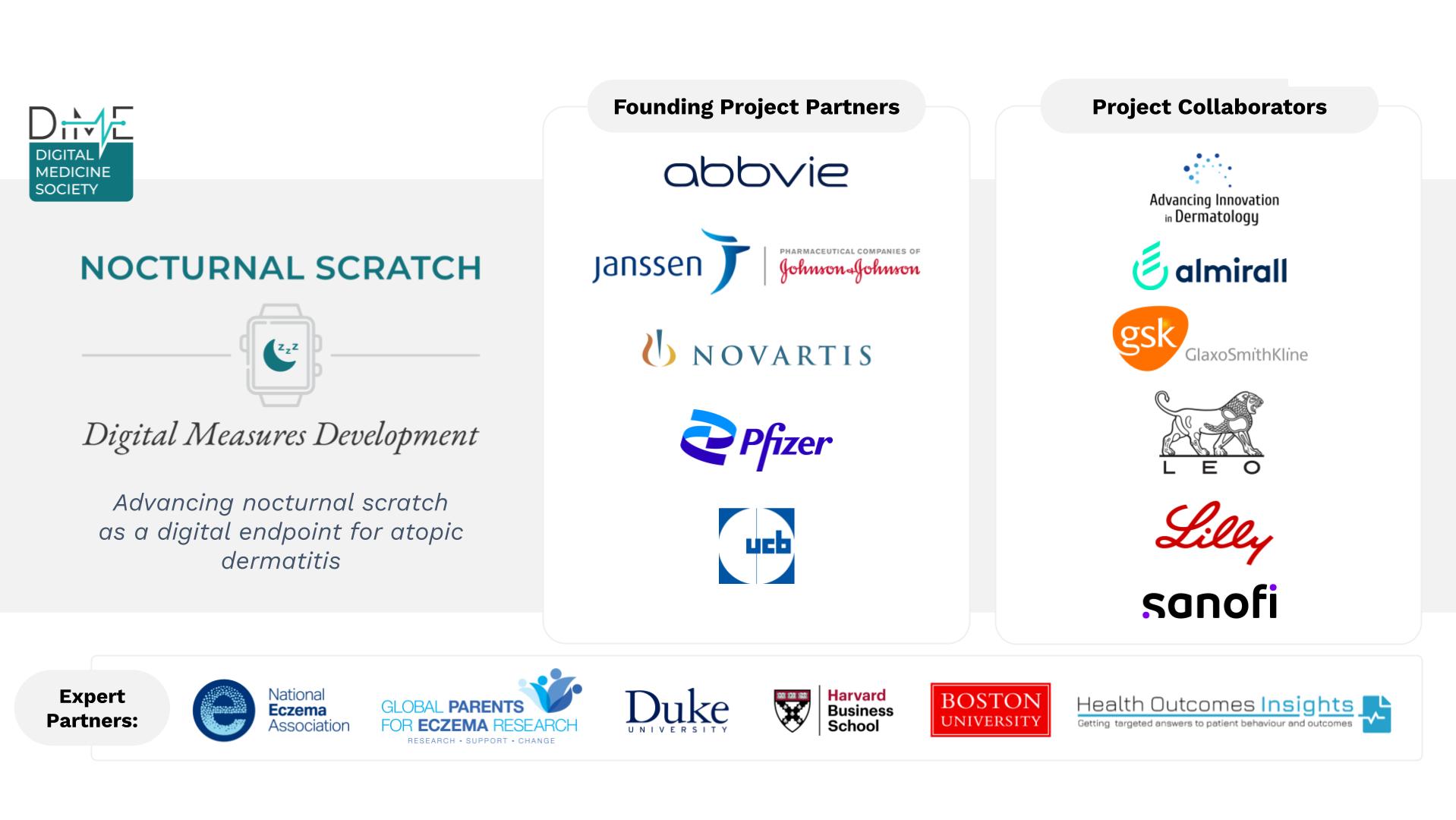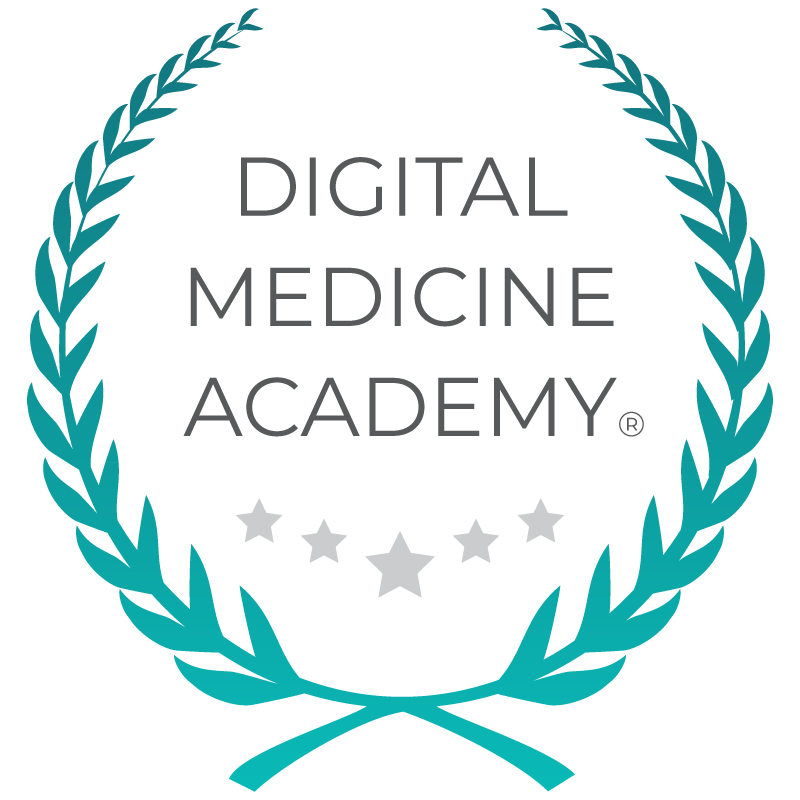
How to Adopt Nocturnal Scratch as a Digital Endpoint for Atopic Dermatitis
Atopic dermatitis (AD) affects up to 2.4% of the world’s population, with itching and scratching being the predominant and most burdensome symptoms for patients. Scratching, both during the day and night, drastically diminishes the quality of life for people with AD as they experience daily pain, discomfort, poor sleep, lack of energy, and even discrimination for inflamed and itchy skin. Using digital technologies to study AD patients’ conditions in their home environment, we can now better understand their symptoms and collect data to help clinical researchers and drug developers measure and quantify this behavior.
Many patients experience worsening of scratching at night, known as “nocturnal scratch.” Physiological processes are believed to exacerbate the perception of itch as patients’ daily conscious behaviors ease. Measuring nocturnal scratch can become another tool among AD outcome assessments, helping researchers and drug developers understand disease states and patients’ quality of life.
In addition to building on our past work with The Playbook series to support the field of digital medicine by using digital health technologies, we’ve created the first ever blueprint for developing and deploying digital endpoints in medical product development. Our toolkit – designed by patients, clinicians, technologists, academics, and industry experts – can show you how to adopt nocturnal scratch as a digital endpoint for atopic dermatitis. Whether you’re conducting clinical research or developing a drug, the following resources can help you move from asking “what should I measure?” to “this is what I’ll measure, here’s why, and here’s how I’m going to be successful.”

Apply our Conceptual Model to Define and Capture Nocturnal Scratch
It’s essential first to understand how patients experience atopic dermatitis and how it affects their daily lives. By evaluating your AD patients’ perspectives, you can identify meaningful aspects of health that are relevant to them. In a research study, we interviewed 49 adult and pediatric patients and their caregivers, partners, and spouses and deployed a survey to 1349 adult patients and caregivers for children with AD. The results helped us anchor the narrative and develop the Conceptual Model for nocturnal scratch as a concept of interest in our focus. Using this model, you can define how nocturnal scratch connects to meaningful aspects of health and determine possible outcomes to measure.
Integrate Digital Measurement of Nocturnal Scratch into Clinical Trials
We’ve created a comprehensive set of best practices to help you successfully implement digital measurement of nocturnal scratch and better serve your AD patients. Our resources for clinical trial deployment cover everything from supporting endpoint strategy and helping you select the right technology for the right patients to recommendations for subject privacy assurance, data collection, and study monitoring.
Use a Shared Terminology and Measure Ontology
An ontology is a set of measurement concepts showing their properties and relationships. Our proposed unified terminology for “nocturnal” and “scratch” is based on a systematic literature review and conversations with regulators. We clearly defined terms like “sleep opportunity” and “scratch,” so that no matter what digital technology or device you are using to measure, you are continuously measuring the same thing. By developing this ontology, other researchers, drug developers, and regulators can recognize the measures for what they are and use them across different tools. You can use the shared terminology and measure ontology to assess nocturnal scratch data consistently across studies and in diverse patient populations.
Translate Patient Value to Commercial Value for Payer Acceptance
Digitally measured nocturnal scratch provides value to developing drug-based products, evidence generation, and reimbursement decisions. But successful adoption of nocturnal scratch as a digital endpoint means that you must translate patient value to commercial value and help payers understand the nascent field of digital evidence-generating tools. You can start by relying on our research defining the unique burden of nocturnal scratch. Then you can use our resources to hold internal discussions, plan for payer involvement and consider reimbursement strategies.
We’re always looking to learn from and promote stories about our colleagues in the field. Each resource in the nocturnal scratch toolbox includes an opportunity to share your experience employing this digital measure in your work. Submit your story about what the measure of nocturnal scratch helped you achieve today and we will feature it on our Resources in Action Hub.



